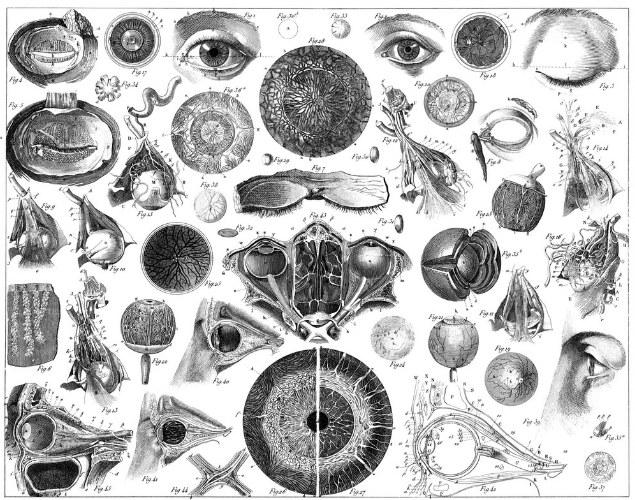Abstract
 |
The DeepCore subdetector of the IceCube Neutrino Observatory provides access to neutrinos with energies above approximately 5 GeV. Data taken between 2012 and 2021 (3387 days) are utilized for an atmospheric <a:math xmlns:a=\http://www.w3.org/1998/Math/MathML\ display=\inline\>νμ</a:math> disappearance analysis that studied 150 257 neutrino-candidate events with reconstructed energies between 5 and 100 GeV. An advanced reconstruction based on a convolutional neural network is applied, providing increased signal efficiency and background suppression, resulting in a measurement with both significantly increased statistics compared to previous DeepCore oscillation results and high neutrino purity. For the normal neutrino mass ordering, the atmospheric neutrino oscillation parameters and their <c:math xmlns:c=\http://www.w3.org/1998/Math/MathML\ display=\inline\>1σ</c:math> errors are measured to be <e:math xmlns:e=\http://www.w3.org/1998/Math/MathML\ display=\inline\><e:mi mathvariant=\normal\>Δ</e:mi><e:mi mathvariant=\normal\>m</e:mi>322=2.40−0.04+0.05×10−3 eV2</e:math> and <i:math xmlns:i=\http://www.w3.org/1998/Math/MathML\ display=\inline\>sin2θ23=0.54−0.03+0.04</i:math>. The results are the most precise to date using atmospheric neutrinos, and are compatible with measurements from other neutrino detectors including long-baseline accelerator experiments.
|
R. Abbasi et al., Measurement of Atmospheric Neutrino Oscillation Parameters Using Convolutional Neural Networks with 9.3 Years of Data in IceCube DeepCore, Phys. Rev. Lett.

